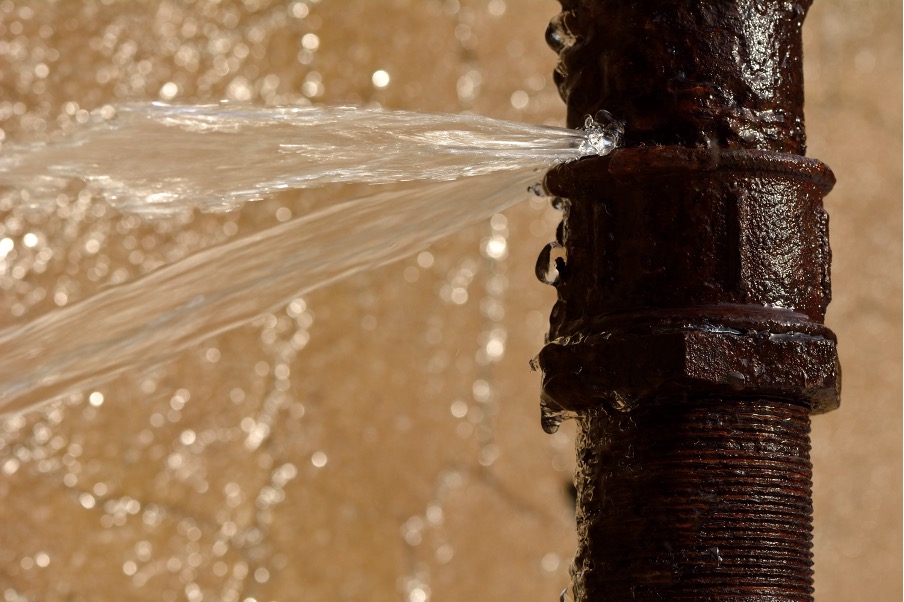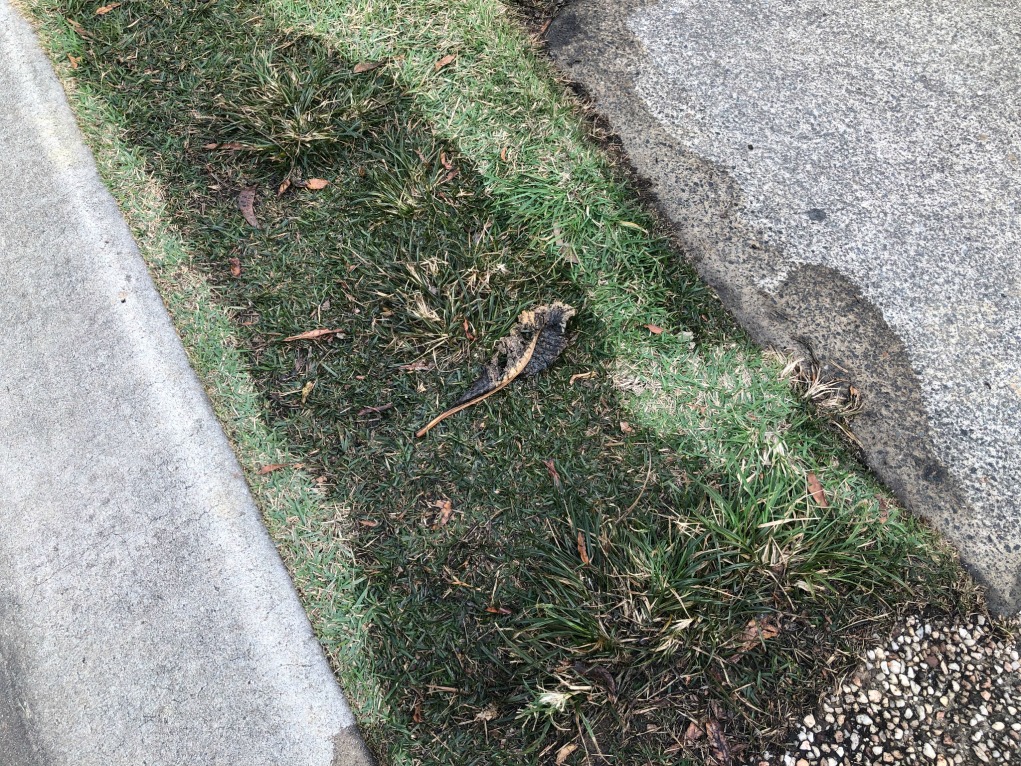Just how to Find as well as Fixing Water Leaks-- A Comprehensive Guide
Just how to Find as well as Fixing Water Leaks-- A Comprehensive Guide
Blog Article
In this article down the page you'll find a good deal of exceptional material in regards to Detecting hidden plumbing leaks.

Early discovery of leaking water lines can mitigate a possible disaster. Some tiny water leaks may not be visible.
1. Analyze the Water Meter
Every home has a water meter. Inspecting it is a surefire manner in which assists you discover leakages. For starters, turn off all the water sources. Make certain nobody will flush, make use of the faucet, shower, run the washing machine or dish washer. From there, most likely to the meter and watch if it will certainly alter. Given that no person is utilizing it, there must be no motions. If it relocates, that suggests a fast-moving leak. Furthermore, if you detect no changes, wait a hr or more and check back again. This implies you might have a slow-moving leakage that could also be underground.
2. Check Water Consumption
Analyze your water bills as well as track your water intake. As the one paying it, you must see if there are any type of disparities. If you find sudden changes, despite your consumption coinciding, it suggests that you have leaks in your plumbing system. Bear in mind, your water expense need to fall under the same range each month. An abrupt spike in your expense suggests a fast-moving leak.
Meanwhile, a consistent rise on a monthly basis, despite having the exact same habits, shows you have a slow leak that's also slowly intensifying. Call a plumber to completely examine your residential property, particularly if you really feel a warm area on your flooring with piping underneath.
3. Do a Food Coloring Examination
When it comes to water consumption, 30% originates from toilets. Test to see if they are running appropriately. Decline flecks of food shade in the storage tank as well as wait 10 mins. If the shade in some way infiltrates your dish during that time without flushing, there's a leak in between the storage tank as well as dish.
4. Asses Outside Lines
Don't fail to remember to check your exterior water lines as well. Test spigots by connecting a yard tube. Must water permeate out of the connection, you have a loose rubber gasket. Replace this and make sure all connections are tight. If you've got a sprinkler system, it will certainly help get it skillfully examined as well as preserved annually. One small leak can lose tons of water and increase your water bill.
5. Evaluate as well as Assess the Circumstance
Homeowners need to make it a practice to examine under the sink counters and also even inside closets for any kind of bad odor or mold growth. These two red flags indicate a leak so timely focus is required. Doing routine inspections, also bi-annually, can save you from a major trouble.
Much more importantly, if you understand your home is already old, maintain a watchful eye on your heaters, hoses, pipes etc. Look for stainings as well as deteriorating as the majority of appliances as well as pipelines have a life span. They will also naturally degrade because of tear and also put on. Don't wait for it to escalate if you suspect dripping water lines in your plumbing system. Call an expert plumber today so you do not end up with a terrible mess in your house.
Early discovery of leaking water lines can alleviate a potential calamity. Some small water leakages might not be visible. Examining it is a guaranteed means that helps you uncover leaks. One small leak can lose tons of water as well as increase your water expense.
If you believe leaking water lines in your plumbing system, don't wait for it to rise.
WARNING SIGNS OF WATER LEAKAGE BEHIND THE WALL
PERSISTENT MUSTY ODORS
As water slowly drips from a leaky pipe inside the wall, flooring and sheetrock stay damp and develop an odor similar to wet cardboard. It generates a musty smell that can help you find hidden leaks.
MOLD IN UNUSUAL AREAS
Mold usually grows in wet areas like kitchens, baths and laundry rooms. If you spot the stuff on walls or baseboards in other rooms of the house, it’s a good indicator of undetected water leaks.
STAINS THAT GROW
When mold thrives around a leaky pipe, it sometimes takes hold on the inside surface of the affected wall. A growing stain on otherwise clean sheetrock is often your sign of a hidden plumbing problem.
PEELING OR BUBBLING WALLPAPER / PAINT
This clue is easy to miss in rooms that don’t get much use. When you see wallpaper separating along seams or paint bubbling or flaking off the wall, blame sheetrock that stays wet because of an undetected leak.
BUCKLED CEILINGS AND STAINED FLOORS
If ceilings or floors in bathrooms, kitchens or laundry areas develop structural problems, don’t rule out constant damp inside the walls. Wet sheetrock can affect adjacent framing, flooring and ceilings.
https://www.servicemasterbyzaba.com/blog/how-to-detect-water-leakage-in-walls/

I found that piece of writing about Top leak detection hacks when doing a lookup on the web. So long as you liked our post if you please make sure you remember to share it. I cherish reading our article about Leaking water lines.
Report this page